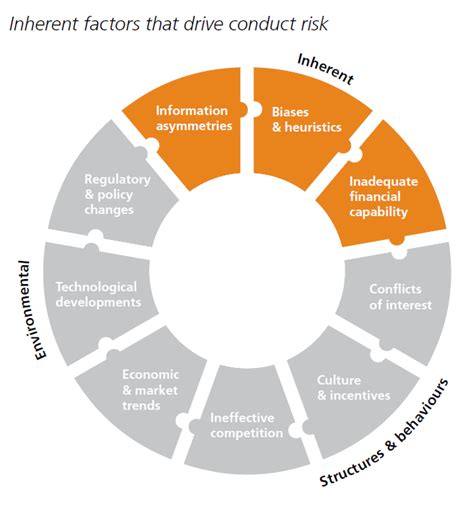Conducting a Risk Assessment for Cryptocurrency Investments
Cryptocurrencies, Such as Bitcoin and Ethereum, have gained immense popularity in recent years due to their potential for high returns. However, Like Any Investment, Cryptocurrencies Come With Risks That Investors Must Consider Before Making a Decision. In this article, we will discuss how to conduct a risk assessment for cryptocurrency investments, including identifying key risks, understanding Market Fluctuations, and Selecting Suitable Investment strategies.
Understanding risks in Cryptocurrency Investing
Cryptocurrencies Are Known for Their Volatile Nature, which can lead to significant price swings in a short period. This Unpredictability Makes IT Essential for Investors to Assess The Risks Associated With Cryptocurrency Investing. Some of the key risks include:
- Market Fluctuations : cryptocurrency prices can fluctuate rapidly due to market sentiment, regulatory changes, and other external factors.
- Regulatory Risks : Changes in Regulations or Policies Governing Cryptocurrencies Can Impact Their Value and Usability.
- Security Risks : Cyber Attacks, Hacking, and Other Security Breaches Can Result in the Loss of Investment.
- Liquuidity Risks : Cryptocurrencies May not have sufficient liquidity to buy or sell quickly when needed.
Conducting a Risk Assessment
To conduct a risk assessment for cryptocurrency investments, follow thesis steps:
- Define Investment Goals

: Determine Your Investment Goals and Risk Tolerance Before Selecting Cryptocurrencies.
- Research Market Trends
: Stay up-to-date with market trends and news related to cryptocurrencies to understand potential risks and opportunities.
- Evalual Cryptocurrency Characteristics : Assess the Characteristics of Each Cryptocurrency, Including Its Security Features, Scalability, and Usage.
- Understand Liquuidity Risks : Evaluate the Liquuidity Risks Associated With Each Cryptocurrency, Including Trading Volumes and Market sentiment.
- Assess Regulatory Risks : Research Regulatory Developments that May Impact Cryptocurrencies and Their Adoption.
Identifying Key Risks
Some Key Risks to Consider When Investing in Cryptocurrencies Include:
- Price Volatility : cryptocurrency prices can fluctuate rapidly due to market sentiment and external factors.
- Security Risks : Cyber Attacks, Hacking, and Other Security Breaches Can Result in the Loss of Investment.
- Liquuidity Risks : Cryptocurrencies May not have sufficient liquidity to buy or sell quickly when needed.
- Regulatory Risks : Changes in Regulations or Policies Governing Cryptocurrencies Can Impact Their Value and Usability.
Selecting Suitable Investment Strategies
To Mitigate Risks, Select Suitable Investment Strategies That Align With Your Risk Tolerance and Investment Goals:
- DIVERSification : Spread Investments Across Different Assets to Minimize Risk.
- Risk Management : Implement Risk Management Techniques, Such as stop-loss Orders or hedging strategies.
- long-term focus : adopt a long-term perspective to ride out market fluctuation.
Best practices for investing in cryptocurrencies
To Ensure Successful Cryptocurrency Investing:
- Do Your Research : Conduct Thorough Research on Each Cryptocurrency Before Investment.
- Set Clear Goals and Risk Tolerance : Define Clear Goals and Risk Tolerance Before Selecting Cryptocurrencies.
- Use Technical Analysis : Use Technical Analysis to Identify Trends and Patterns.
- Stay Informed : Stay informed about Market Developments, Regulatory Changes, and Other Factors That May Impact Cryptocurrencies.
